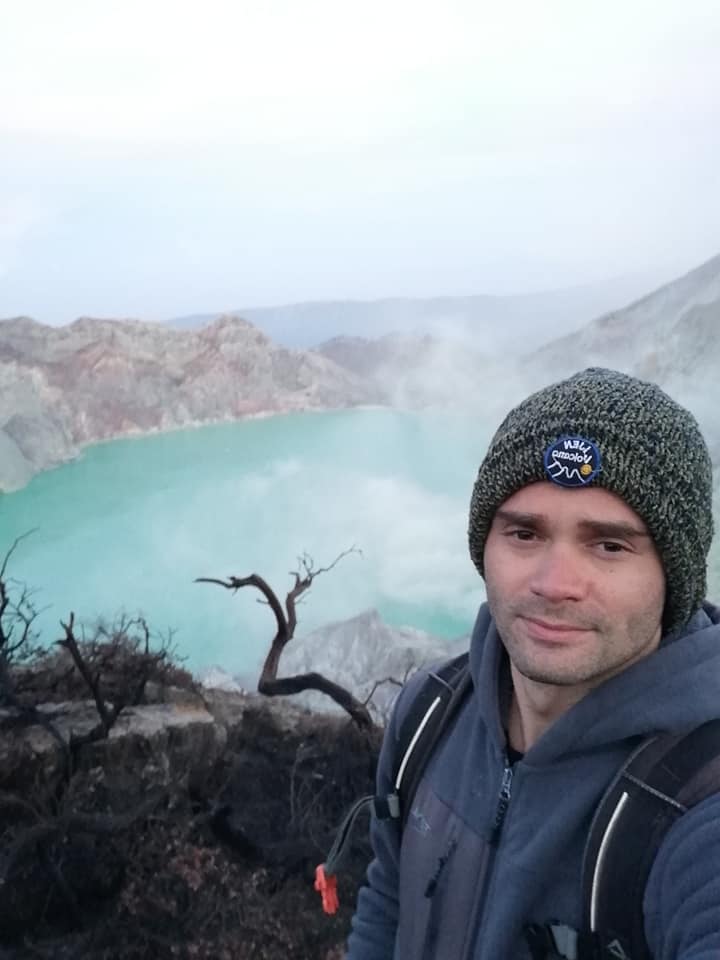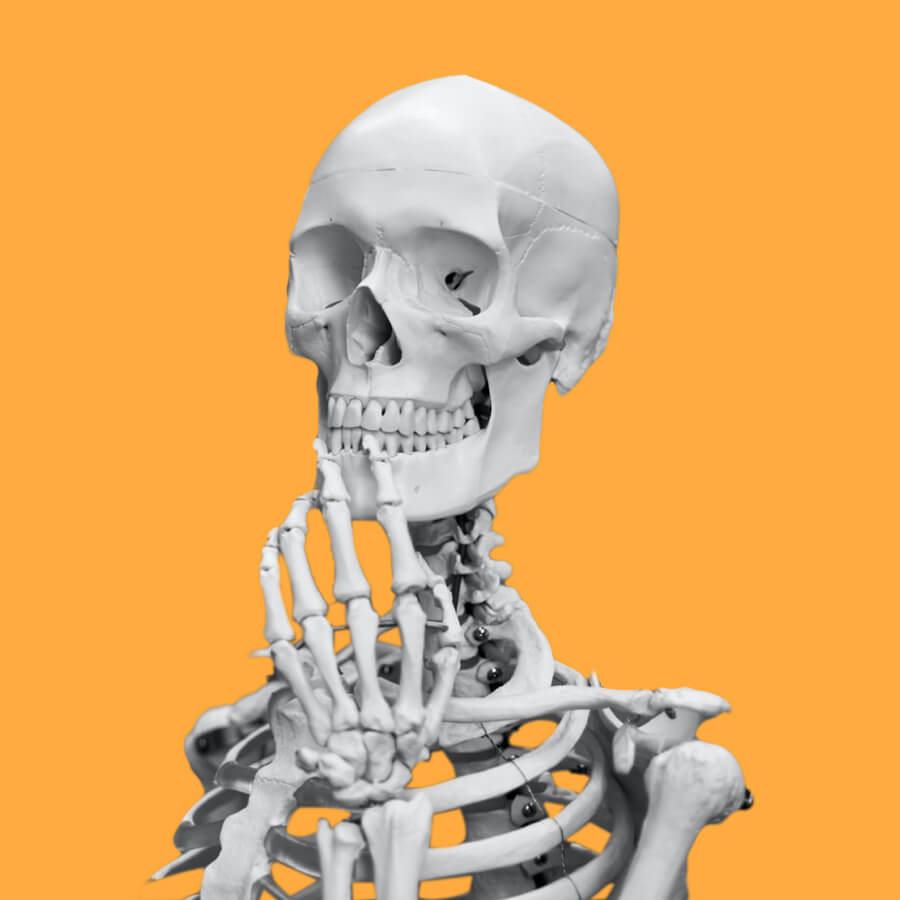Ryan Nel
PhD Candidate
Department of Geology, Rhodes University

Biography
I am a PhD student based at the Rhodes Geology Department in Makhanda. After obtaining a BSc, BSc Honours and MSc in Geology I studied teaching and was an educationalist for 2 years. But my fascination for Earth's history and early evolution of life exerted too strong a pull for me to feel completely fulfilled in this capacity. In 2020, therefore, I took up a post in the Albany Museum's Earth Science department as a research assistant in the Devonian lab, under Dr Rob Gess. Here I developed a fascination with placoderm (armour-plated) fish, which include the earliest forms of jawed vertebrates. As the Devonian lab contains South Africa’s largest collection of placoderm fish, many of which have not been fully analysed I was delighted to be accepted to do a PhD study on them, as well as specimens in other collections. I remain passionate about education and am actively involved in producing outreach materials about Devonian life, in particular the incredible Waterloo Farm lagerstätte. I and my partner have moved to Makhanda where I am very excited to be part of a dynamic research team.
Disciplines
Palaeontology, Biostratigraphy, Sedimentology
Fields of study
I am focusing on mid to late Devonian placoderms from the Cape Supergroup deposits in the Eastern Cape and Western Cape provinces of South Africa. Unusually many of these are capable of being reconstructed as whole organisms, with the potential to elucidate phylogenetic and biological questions. Those from the Late Devonian Waterloo Farm lagerstätte even include aspects of their soft tissue anatomy which are generally not discoverable in the fossil record. Though some of these have formerly been described a large amount of subsequently collected material will allow for revision of a number of descriptions, as well as analysis of ontogeny and population structure. Others have never before been presented in the literature. I will furthermore explore the roots of South Africa’s Late Devonian placoderm diversity through analysis of remains from the mid-Devonian Klipbokkop Formation of the Bokkeveld group, which have formerly received scant attention. New avenues for researching the Bokkeveld material have been opened by the availability of micro CT scanning which will, for the first time, permit their full potential to be realised. Research on comparative material from Australia will allow the South African material to be placed within an expanded phylogenetic tree of placoderms, adding to insights into the interrelationship of members of this enigmatic group, that sit, somewhat unstably, at the foot of the jawed vertebrate tree. Understanding of distribution and dispersal patterns of marginal marine placoderms, between high latitudes and (somewhat better understood) low latitude areas, will also be discernible following rigorous phylogenetic analysis. My project is co-supervised by Dr Rob Gess - South Africa’s principal researcher on Early Vertebrates and Professor Kate Trinajstic of Curtin University, Western Australia – a leading authority on placoderm anatomy and interrelationships.
